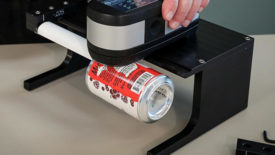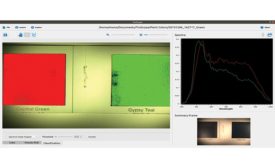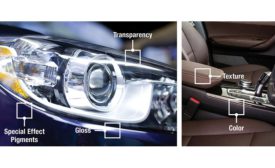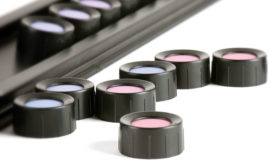Home » Keywords: » color quality control
Items Tagged with 'color quality control'
ARTICLES
Color
Although color quality is important in any industry, plastics require special attention because of their diverse physical properties.
Read More
Revolutionizing Color Quality Control through Technology and Sustainability
Advancements in digital color measurement technologies and cloud-based software have transformed color quality control, enabling greater accuracy, efficiency, and sustainability, while automation and circular economy principles are driving further innovation in the industry.
July 12, 2023
Color Measurement
Is Your Color Workflow Resilient for Today’s Supply Challenges?
Capturing and analyzing color data can help identify areas for improvement.
October 1, 2022
Test & Inspection
Shining A Light On Color Quality Control
Monitoring color during the entire production process can help manufacturers identify color drifts before they become a problem.
March 8, 2022
Intelligent Imaging and Accurate Color Measurement in Automobiles
Color control in industrial production is critical in ensuring a quality product.
May 1, 2020
Addressing the Quality Control Challenges of Effect Finishes
New measurement technologies are coming on the market to better control color and appearance.
June 1, 2018
8 Reasons Controlling Color Quality is Hard
Do you ever get frustrated with the trial and error, rework and wasted materials that result when color doesn’t meet expectations?
November 1, 2016
EVENTS
Webinar
4/2/25 to 4/2/26
Contact: Meg K.
How to Optimize Color Quality Inspections to Create a Sustainable Workflow
Stay in the know with Quality’s comprehensive coverage of
the manufacturing and metrology industries.
eNewsletter | Website | eMagazine
JOIN TODAY!Copyright ©2025. All Rights Reserved BNP Media.
Design, CMS, Hosting & Web Development :: ePublishing
.jpg?height=168&t=1743097429&width=275)






